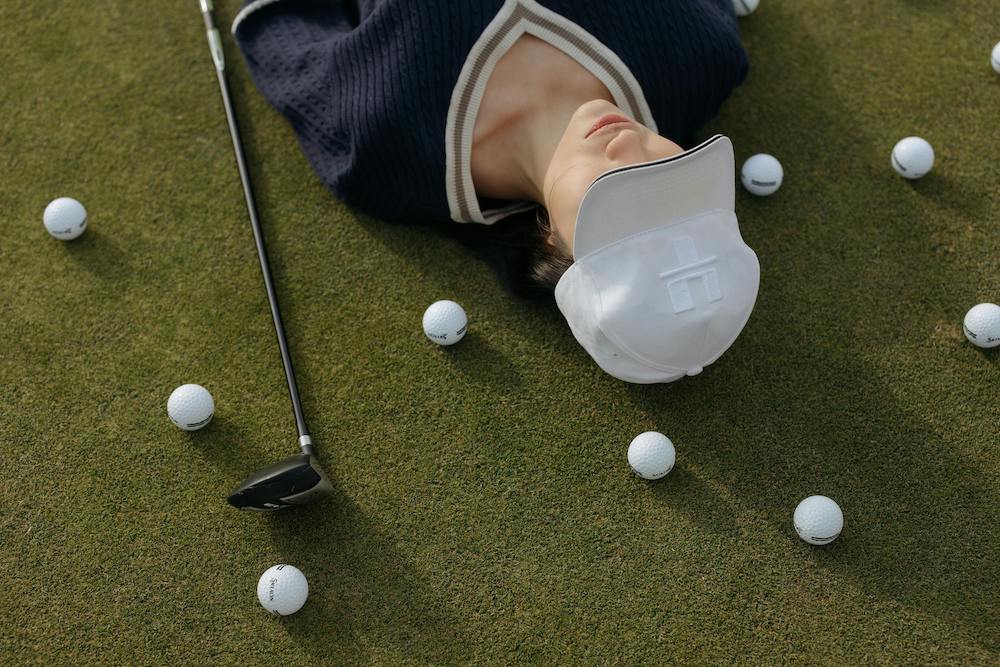
🧘♂️ Golf for Wellness: Why Playing the Game Is Good for Mind and Body
🧘♂️ Golf for Wellness: Why Playing the Game Is Good for Mind and Body
Written by a Modern Athletic Golfer Who Lives the Game On and Off the Course
For a long time, golf was seen as the sport you played after your body gave up on everything else. Cart, cigar, cold beer, call it exercise. But the modern game is different now — it’s faster, fitter, and way more intentional.
Today’s golfer isn’t just chasing a lower handicap. We’re chasing better sleep, cleaner routines, and sharper focus. We stretch before rounds, track our macros, and talk about mobility work between putts. Golf isn’t just a sport anymore — it’s a wellness lifestyle.
1. Walking 18 Is the New Meditation
Forget treadmills. If you want a mental reset, try walking a quiet 18 on a weekday morning. You’ll burn close to 2,000 calories without even realizing it — but the real benefit isn’t the cardio, it’s the clarity.
There’s something therapeutic about moving through open air with a purpose. The rhythm of your steps, the tempo of your swing, the sound of your ball flight — it’s meditative. Golf forces you to be present.
That’s why so many athletes I know — even outside golf — play. It’s not just competition. It’s controlled breathing, patience, and posture all rolled into one.
2. Strength and Mobility: The Hidden Score Savers
Modern golfers train like athletes now — not just for distance, but for longevity. A strong core, mobile hips, and stable shoulders don’t just improve your game — they protect it.
You can spot the difference instantly. The athletic golfer doesn’t muscle the ball; he coils, loads, and releases. It’s rhythm powered by strength.
If you’re not doing rotational work, mobility flows, or recovery sessions, you’re leaving strokes — and years — on the table.
3. Routine Builds Rhythm (and Confidence)
Every good round starts before the first swing. That first coffee. The warm-up playlist. The feel of gear that fits right.
For me, it’s always about flow. My glove feels broken-in, my shoes grip without stiffness, and my belt sits locked but flexible — no adjustments mid-round, no distractions.
It’s why I wear Dartee Golf belts — minimalist design, magnetic buckle, cut-to-size fit. It feels athletic, not dressy. Lightweight enough for range sessions, refined enough for the clubhouse. Small details like that keep your body free to move and your mind calm enough to compete.
4. Nutrition and Recovery: The Unsung Heroes
You wouldn’t run a marathon on gas-station snacks — so why would you play 18 that way?
Hydration and nutrition affect your focus more than most golfers realize. Blood sugar dips can ruin tempo. Dehydration tightens the swing. That’s why pros snack on almonds, electrolytes, or bananas — not just to stay fueled, but to stay steady.
And recovery? It’s everything. Foam roll, stretch, hydrate, sleep. You’ll wake up with better range of motion and more energy for that 7 a.m. tee time.
5. Mental Health: The Real Handicap
Golf is brutally honest — it’ll expose impatience, ego, and self-doubt in a single swing. But that’s also what makes it therapeutic.
The best golfers I know treat the mental side like fitness. They visualize shots, breathe through pressure, and manage emotions like reps in a workout.
That’s why I always tell friends: Don’t try to control golf — try to control yourself while playing it. That’s the real win.
6. Wellness Through Gear and Routine
If your body’s aligned and your equipment isn’t, you’re fighting yourself. Comfort and performance are connected.
That’s why today’s gear is evolving. Flexible fabrics, ergonomic shoes, performance belts, moisture-wicking materials — it’s all designed for movement, not stiffness.
Dartee Golf has built their lineup around that idea. Every belt they make looks classic but functions like performance gear — breathable, adjustable, and ready to move. It’s a subtle upgrade that fits the way the modern golfer trains, plays, and lives.
When your gear moves with you, not against you, golf starts to feel effortless.
7. The Clubhouse Is the New Gym
If you haven’t noticed, golf clubs have changed too. The locker room’s got foam rollers, kettlebells, and recovery stations. Guys are doing mobility flows before rounds. Even the bar menu has protein smoothies next to bourbon.
It’s not about vanity — it’s about longevity. Golfers want to feel good and look good. That’s the new status symbol.
And it shows — athletic fits, clean accessories, refined silhouettes. You don’t just show up to play. You show up like you belong there.
8. Golf as a Full-Body Reset
There’s no better combination of movement, mindfulness, and mastery than golf. It challenges your balance, tests your breathing, and rewards patience.
When you start viewing it as wellness instead of competition, everything changes. You leave the course less drained and more alive.
That’s why so many of us are rethinking how we play — lighter gear, better recovery, cleaner aesthetics, simpler routines.
Because golf isn’t just a game anymore. It’s a reflection of how we live.
Final Word: The Modern Golfer’s Balance
The new wave of golfers doesn’t separate training from playing. We lift, stretch, meditate, and compete — all with the same goal: to feel sharper, stronger, and calmer every time we step on the tee.
Golf is the only sport that rewards stillness as much as power. The more balanced your body, the better your mind performs. And when both align, the scorecard takes care of itself.
So play for health. Train for clarity. And wear gear that feels as athletic as you are.
Because the next era of golf isn’t about distance — it’s about wellness that lasts a lifetime.

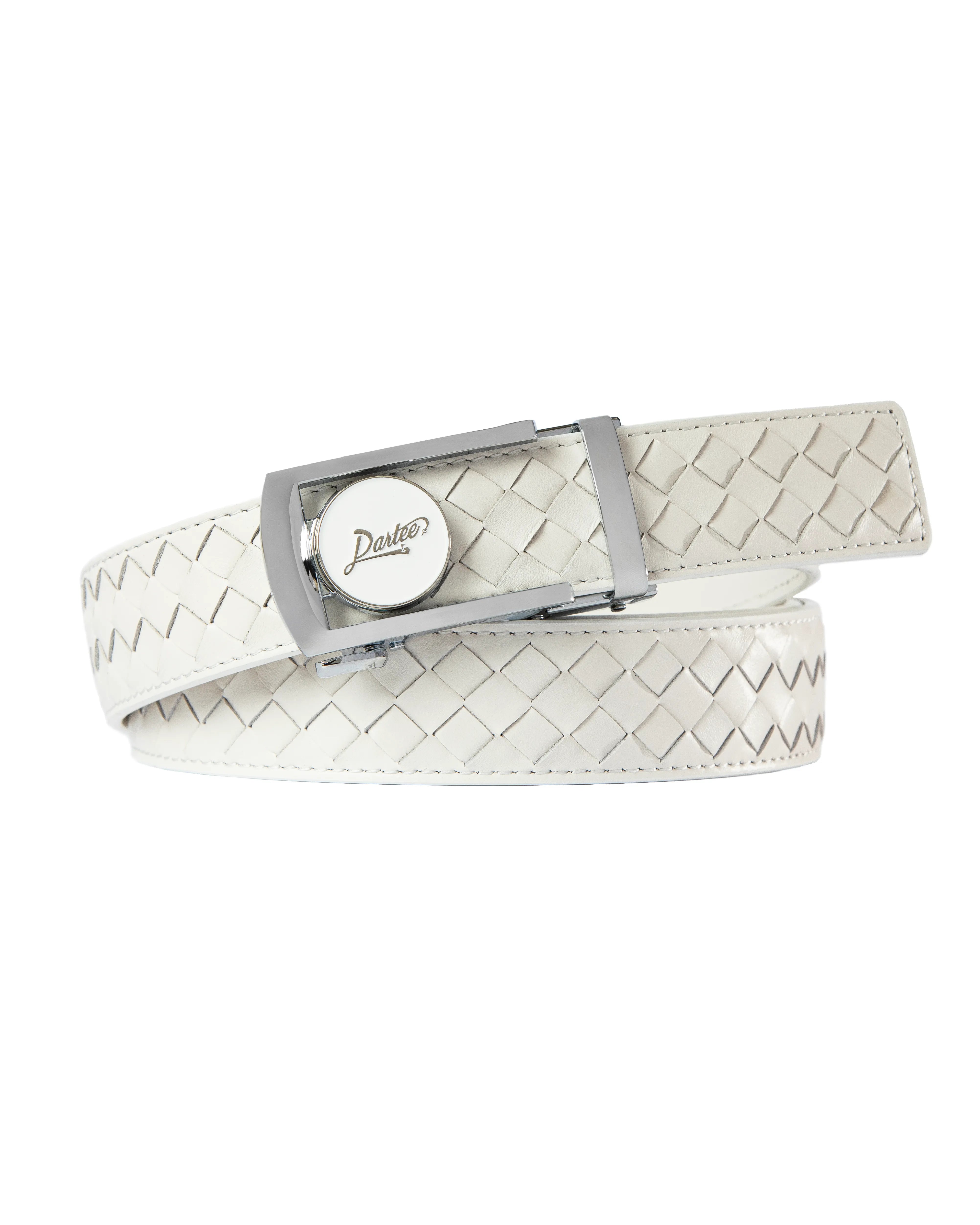



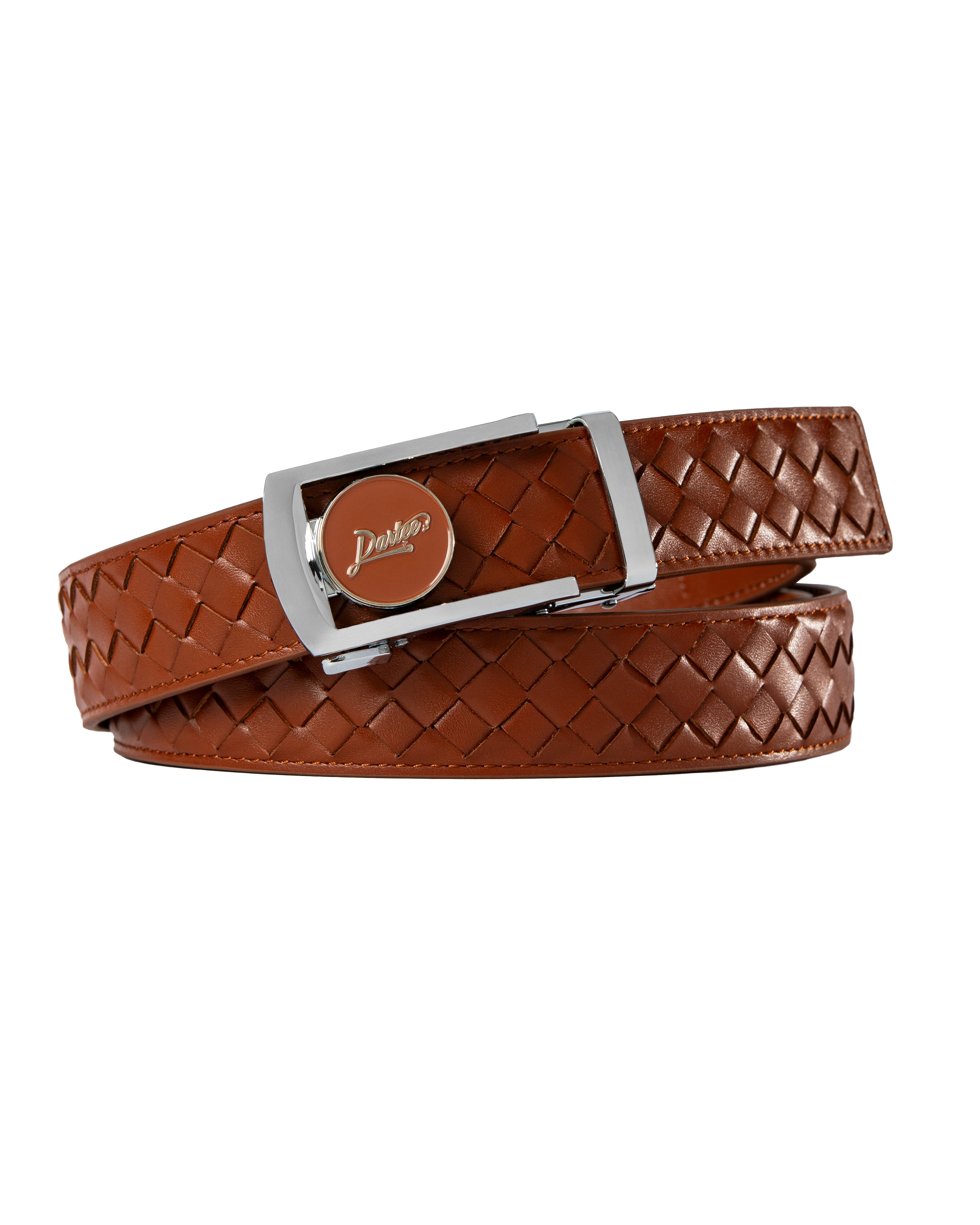
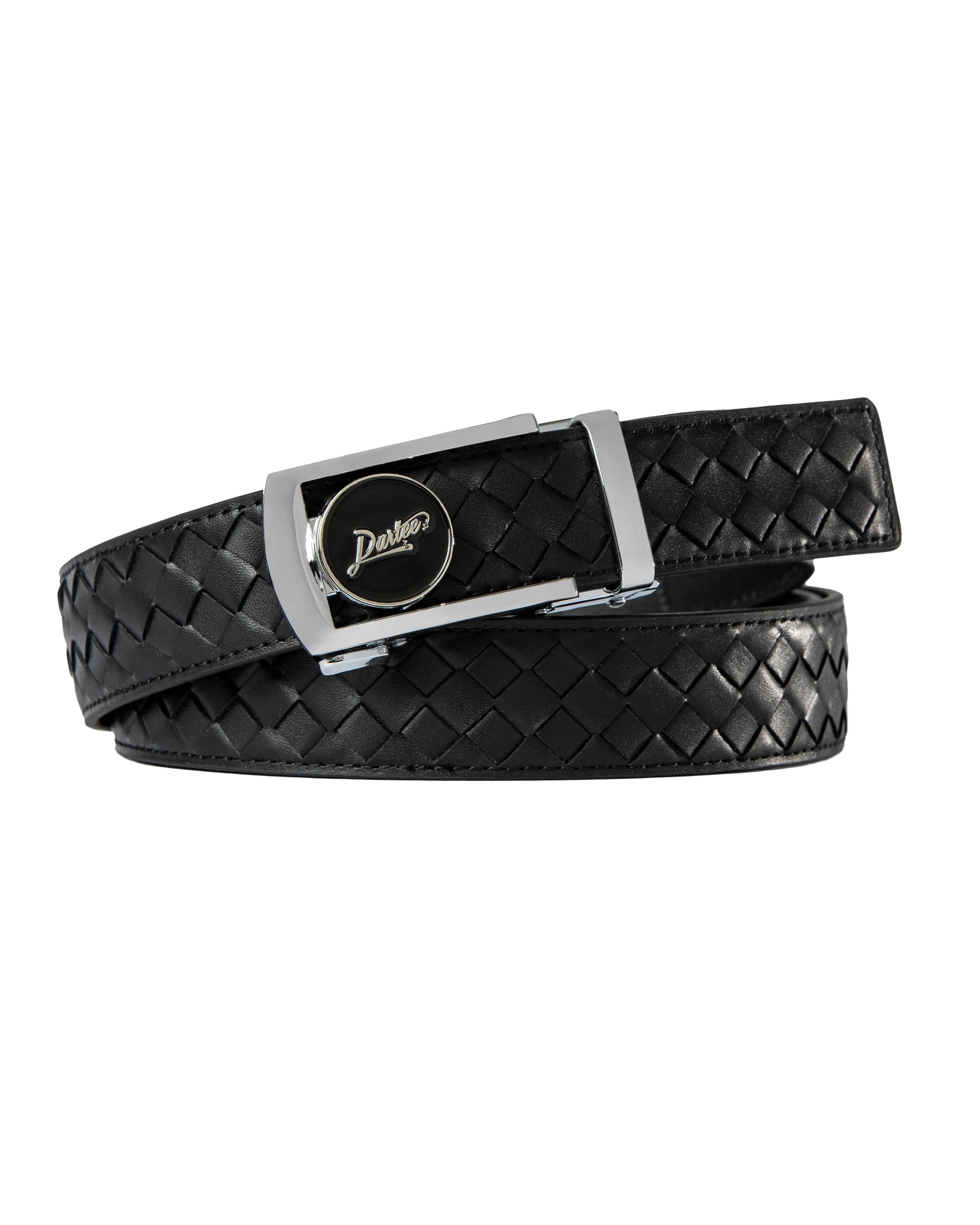

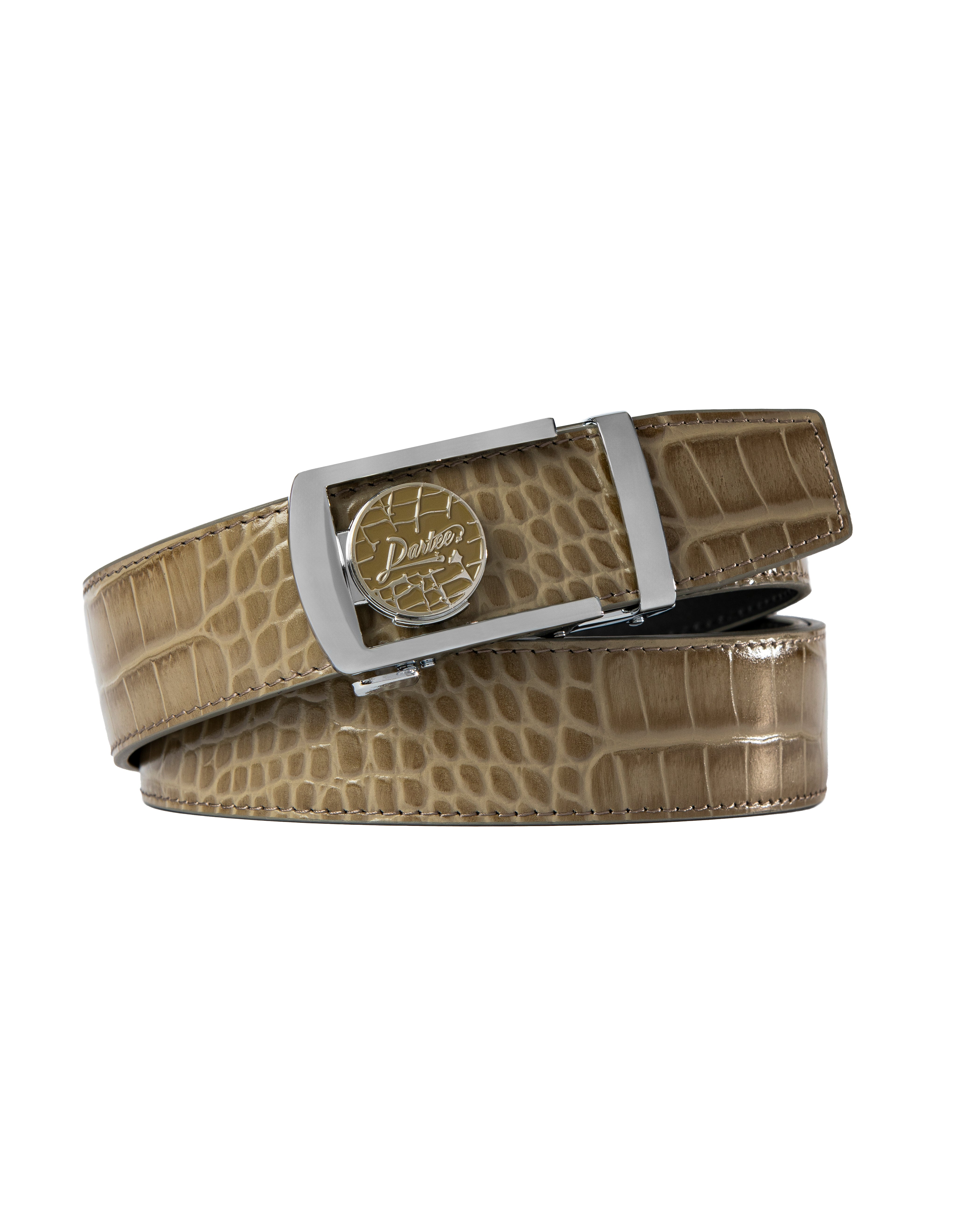

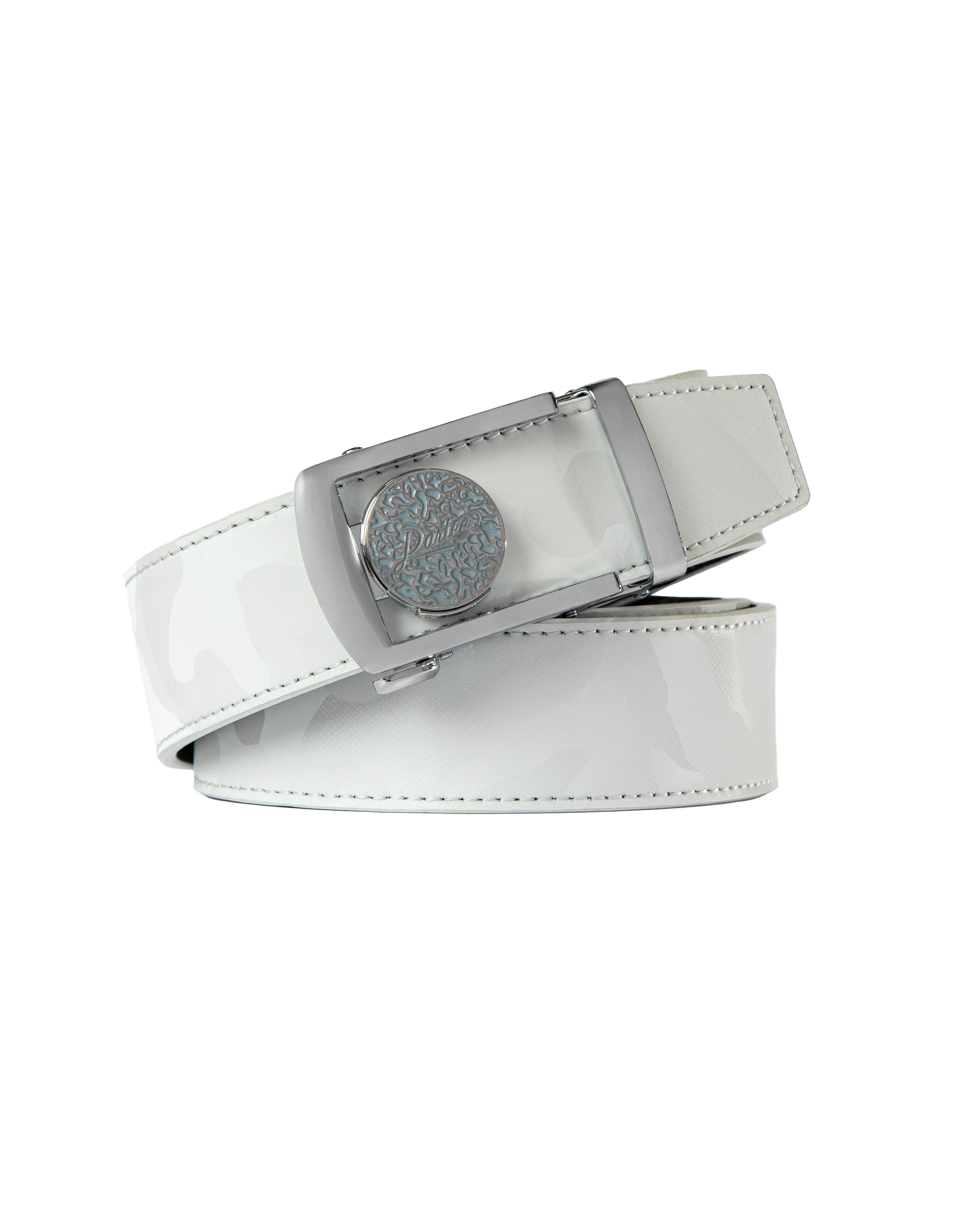

 DigitalBLB
DigitalBLB